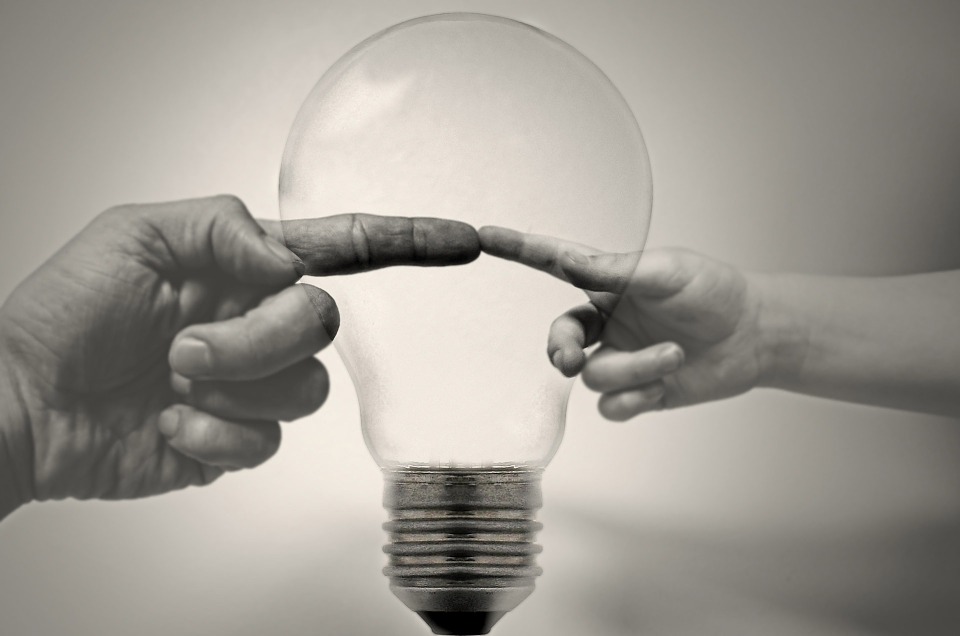Your home runs like an entire system with multiple sectors and parts. There is no single device or component that can be installed to adjust your energy use and efficiency. But there are multiple small and simple ways that add up to accomplish this, making your home eco-friendlier and lowering your energy bills.

Check out the following tips and tricks to increase the energy efficiency in your home.
- Install energy-efficient appliances with the official Energy Star® logo (marking the most energy-efficient of the appliances per product category).
- Use the energy cost calculator for new appliances.
- Refresh or add more insulation everywhere in the home.
- Today’s low flow toilets use much less water than their predecessors
- Look for a toilet with a dual flushing mechanism for lower or higher volume flushes.
- Check the true temperature of your hot water to make sure your heater is providing accurate readings.
- Schedule an appointment with a professional to perform preventative maintenance and run an efficiency audit on your plumbing systems, water heater, sewers, and septic. You can stop by The Super Plumber for more information and schedule a convenient time.
- Install a tankless water heater that heats on-demand more efficiently for smaller homes with less water usage, so there is no need to run the water for a long time while it heats up.
- Install aerators for taps and faucets to lower the flow volume without losing the sense of water pressure.
- Insulate rooms where pipes are and insulate the pipes themselves to prevent freezing in the winter that could lead to ruptures and flooding.
- Use programmable thermostats that automatically lower the temperature at night and while away from home. Smart thermostats allow for remote control.
- Turn your electronics off when not in use. Sleep and standby modes still use a lot of power, especially if always plugged in
- All electronics and chargers that are plugged in use energy. Unplug ones that aren’t used as frequently.
- Install a low flow shower head that lowers the volume of water used without a loss in pressure.
- Check your windows and doors for drafts and seal them with weather stripping and tape.
- Have professionals install energy-efficient windows and doors and seal them properly.
- Switch to long-lasting LED bulbs for all your lighting. These are relatively low cost and last over a decade, on average.
- Keep your refrigerator clean and wipe its condenser coils so they can take and use the air from the environment more easily.
- Upgrade your exhaust fans in the bathroom and kitchen to ventilate air with Energy Star® models.
- Use power bars to plug in electronics and power down the whole set when not in use.
- Only do full loads of laundry and dishes to lower the amount of cycles run
- When designing or building a new home, choose eco-friendly materials and construction techniques to be green from the start
- Exterior paint of a home affects the heating and cooling inside. Warmer climates should have lighter-coloured homes and colder climates should have darker-coloured homes.
- Cover windows with blinds and curtains to keep the heat or cold out.
- Install double-paned windows.
- Carpeted flooring can help retain heat.
- Utilize ceiling fans and run them in the correct direction to lower air conditioning and heating costs.
Combine these techniques and you’ll see noticeable differences in your energy use and savings for heating, cooling, water-use, etc.